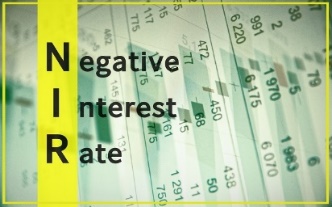Negative Real Rates
Date Published: May 12, 2023


The real rate of return on an investment is its actual rate of return during a given time period adjusted for inflation during the same time-period. The formula for real rate of return = [ ( 1 + nominal rate of return ) / (1 + inflation rate) ] – 1 . As an approximation, real interest rate can be computed by subtracting the rate of inflation during the period of your investment, from the return you earn on it, i.e. Nominal return – Inflation rate. The term negative interest rate refers to interest paid to borrowers rather than to lenders. Central banks typically charge commercial banks on their reserves as a form of non-traditional expansionary monetary policy, rather than crediting them. This is a very unusual scenario that generally occurs during a deep economic recession when monetary efforts and market forces have already pushed interest rates to their nominal zero bound. This tool is meant to encourage lending, spending, and investment rather than hoarding cash, which will lose value to negative deposit rates.
An interest rate is effectively the cost of borrowing. This means that lenders charge borrower’s interest when they take out any type of debt, such as a loan or mortgage. Although it may seem strange, there are instances where lenders may end up paying borrowers when they take out a loan. This is called a negative interest rate environment. Negative rates are normally set by central banks and other regulatory bodies. They do so during deflationary periods when consumers hold too much money instead of spending as they wait for a turnaround in the economy. Consumers may expect their money to be worth more tomorrow than today during these periods. When this happens, the economy can experience a sharp decline in demand, causing prices to plummet even lower. Therefore, a negative interest rate environment occurs when the nominal interest rate drops below 0% for a specific economic zone. This effectively means that banks and other financial firms have to pay to keep their excess reserves stored at the central bank, rather than receiving positive interest income.